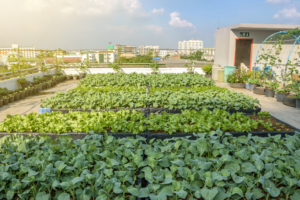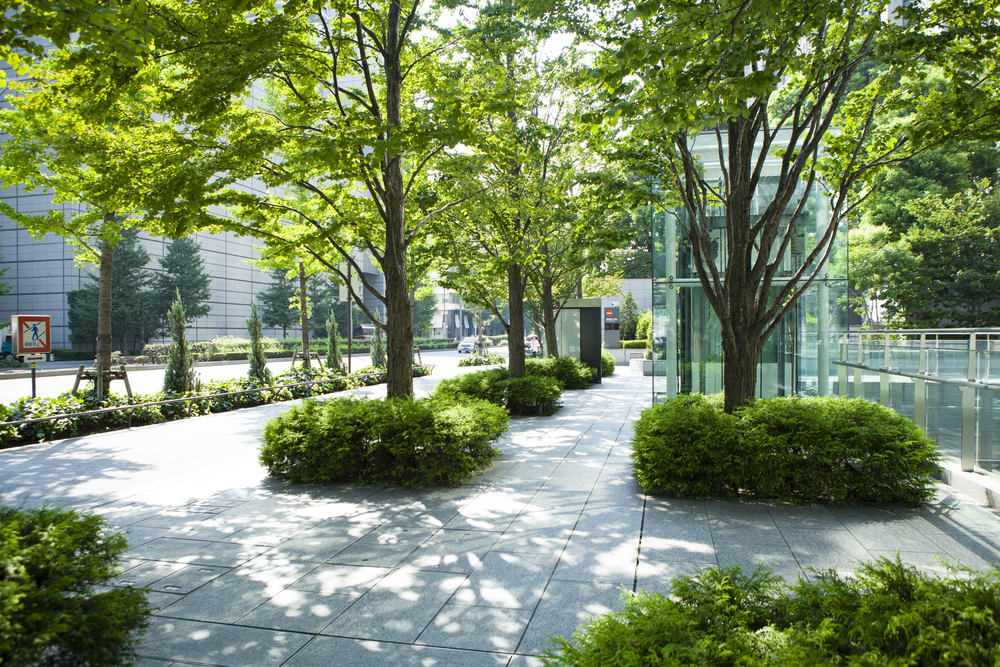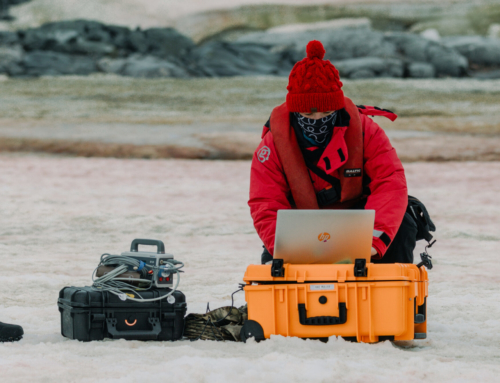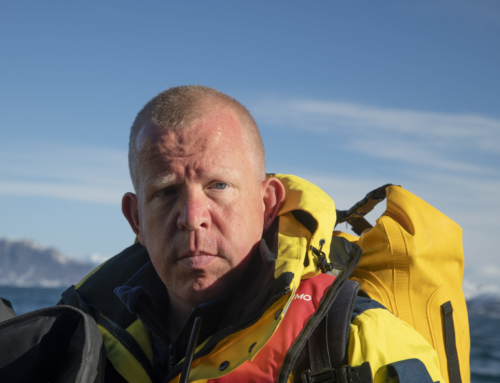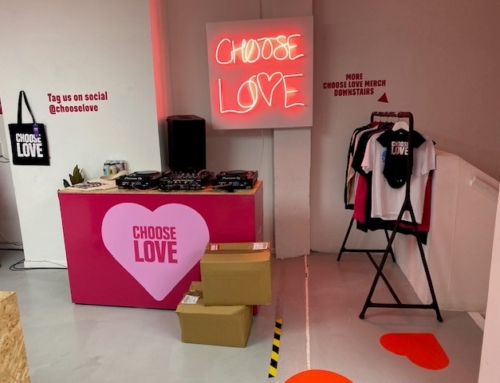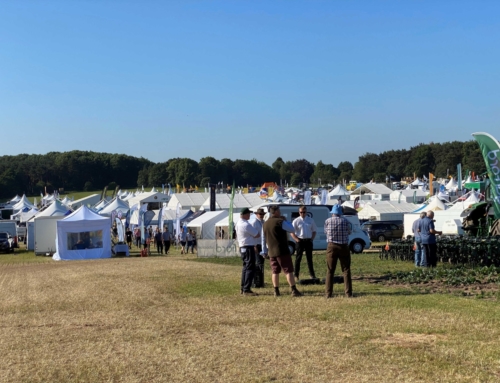We took a trip to the Science Museum, in Kensington, London, to the Risk and Resilience event which was hosted by the Developer publication.
The conference’s aim was to raise awareness of the environmental challenges which face architects, constructors and builders, as well as local planning authorities. Our aim was to understand these challenges and to see if we could possibly produce a range of IoT devices which would help to alleviate or monitor these challenges.
Flooding, for example, is becoming a major issue and one aspect that was discussed was the introduction of “sponge cities” where excess rainwater could be put to use, instead of just running off into the drainage systems. How can we green our cities to take advantage of this?
A case study about green roofs, from Dusty Gedge (the President of the European Federation of Green Roof and Wall Association) highlighted how they can enhance biodiversity by hosting plants and insect life.
Another example by the GreenBlue Urban company, outlined the importance of trees in the urban landscape, as they provide valuable resources to wildlife, counteracting pollution and contribute to Sustainable Urban Drainage (SuDs).
Properly-planned urban trees can also help soak up excess stormwater which helps to reduce flood risk.
So, a few ideas from us on the IoT front would be a sensor for green roofs that monitor the state of the roof, CO2 emissions and the dampness of the soil.
In all, a thought-provoking conference – and one that ties in neatly with the issues raised in the Connected Worlds summit that we went to, back in October.
